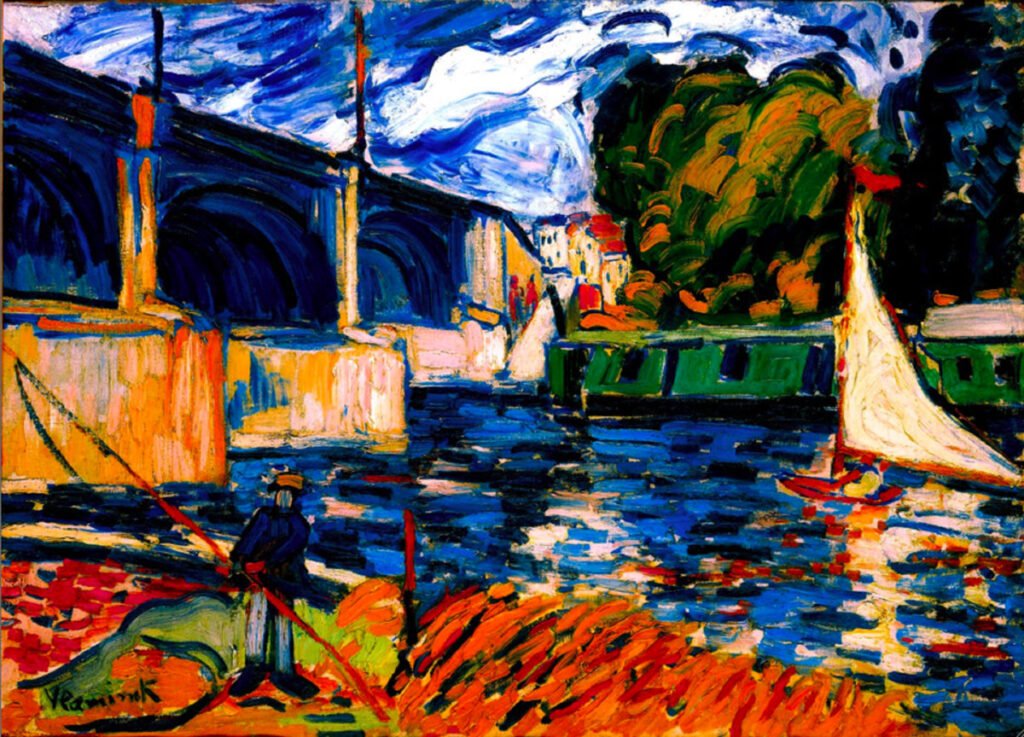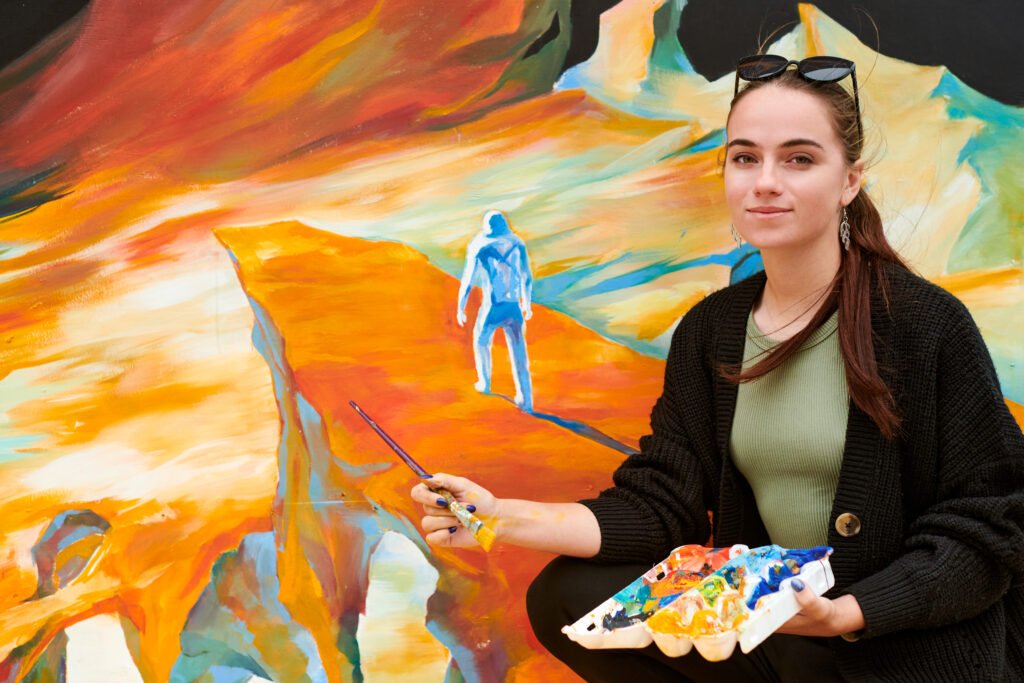Fauvism was one of the most revolutionary art movements of the early 20th century. Known for its explosion of vibrant colors and bold use of the chromatic palette, this style broke paradigms and deeply influenced the development of visual arts and contemporary design. Through free expression of color, the Fauves paved the way for new forms of visual communication that remain present today.
Currently, Fauvism’s influence transcends painting and strongly manifests in graphic design, fashion, advertising, and decoration. Those looking to buy art paintings find in this movement a rich source of inspiration, marked by energy and originality that continue to fascinate artists and collectors worldwide.
The Origin of Fauvism and Its Innovative Color Language
Fauvism emerged in France at the beginning of the 20th century as a response to traditional academic techniques and Impressionism. Led by artists like Henri Matisse, André Derain, and Maurice de Vlaminck, the movement focused on the free and intense use of colors to express emotions and sensations, regardless of objective reality.
According to the study Fauvism and the Language of Color from Columbia University, published in 2020, Fauvism revolutionized the perception of color in art by treating color as an autonomous and expressive element. Broad brushstrokes, pure and contrasting tones created vibrant and dynamic compositions, breaking away from traditional concerns with form and realism.
This chromatic freedom paved the way for other modern currents and still influences current artistic production. In contemporary design, for example, the use of bold palettes, striking contrasts, and saturated colors are strategies that directly recall Fauvist aesthetics.
Fauvism’s Influence on Contemporary Design and the Art Market
Today, Fauvism’s inspiration is visible in various design areas, from logo creation to interior decoration. The movement helped consolidate the idea that color serves not only to represent but also to communicate and provoke immediate sensations in the audience.
In the art market, buying art paintings that reflect the Fauvist language means investing in pieces charged with energy and historical significance. Online platforms have facilitated access to works incorporating this aesthetic, democratizing purchases and expanding the reach of contemporary artists inspired by Fauvism.

According to the report Color Trends in Contemporary Design from the Chicago Design Institute, published in 2023, the preference for vibrant and contrasting colors has increased by 35% in the last five years, especially in digital environments and visual marketing. This shows how Fauvism’s legacy remains alive and adapted to current contexts.
The best place to buy art that reflects this explosion of colors is one offering diversity and security, such as specialized digital marketplaces. There, collectors find pieces combining tradition and modernity, beauty and chromatic boldness, valuing Fauvism’s legacy well into the 21st century.



